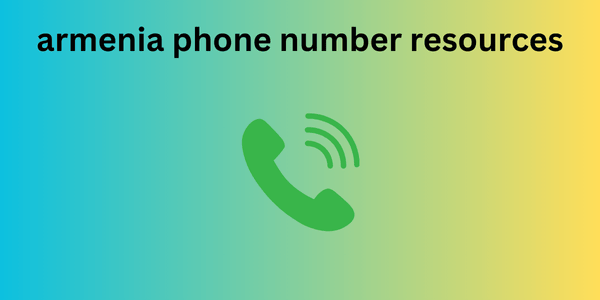They provide additional information and visual appeal to your website listing, making it more attractive to potential visitors and helping to increase your click-through rate.
So what exactly are rich snippets and how can you get them?
Let's examine these questions in more detail.
What are Rich Snippets?
Google introduced rich snippets in 2009 as a way to provide more context and information about a web page in search results .
Rich snippets - Google.png
These are small armenia phone number resources structured data elements located below a website's title and URL on a search engine results page.
These snippets highlight specific web page details such as ratings, reviews, pricing, or product availability.
Why Are Rich Snippets Important?
To help your website stand out in the crowded online space, search engine optimization has become essential.
How can they do this? you may be asking.
It provides more information and context to your listing, making it more attractive to potential visitors.
Rich snippets can also increase your organic click-through rate, which is the percentage of people who click on your website link when it appears in search results. This helps drive more traffic to your website and can potentially lead to higher conversions and sales.
Take for example most search result listings. They include:

Hashtag
Meta description
URL
So, the traditional search result usually looks like this:
Accuranker - Google SERP view.png
But with rich snippets, you can also have additional information that can make your listing more attractive, such as star ratings, product prices, and even images.
Amazon Google SERP Preview.png
This not only makes your listing more informative, but it also helps it stand out, increasing the chances of it being clicked by a potential visitor.
When Do Rich Snippets Appear?
Rich snippets appear in organic search results, meaning they’re free and based solely on relevance to the user’s search query. They’re SEO-guaranteed page 1 results. However, they don’t appear on all websites.
Google decides which sites get them based on their content and structured data. This means you need to follow certain guidelines and implement markup on your website to enable rich snippets.
So how can you check if your website is set up correctly?
Simply enter your website URL into Google's Structured Data Testing Tool to see if it detects structured data on your web page .
Or you can use Google Search Console to see if there are any issues or errors with structured data on your site.
To do this, visit your GSC dashboard, the "Enhancements" section, and select the "Sitelinks search box".
Sitelinks - Google Search Console.png
Here you can check your structured data markup for any errors or warnings and fix them accordingly, as well as any valid URLs that are eligible for Google Search rich results.
Rich Snippets vs Rich Results
Now, while researching rich snippets, you may have come across the term “rich results.”
So, what is the difference between the two?
As stated by Google they are basically the same thing:
Rich Snippet - Google Search Console .png
Rich results include features like carousels, images, and non-text elements (other than traditional blue links).
What about SERP features?
SERP features refer to all the elements on the search engine results page other than organic listings. This includes paid listings, knowledge panels , featured snippets, and more.
Rich Snippet Examples
Some common types of rich snippets include:
Comments
Products
Recipes
Events
Videos
FAQ
However, there are many more available. Which type you use depends on the content and purpose of your website.
Let's see some of them as examples.
Comments
These display ratings and reviews from customers directly in the search results.
They can give potential visitors an idea of what other customers think of your product or service.
Reviews - Rich Snippets.png
Recipes
For food bloggers or cooking websites, a rich recipe snippet can be extremely useful.
Displays important recipe information like ingredients, cooking time, and ratings.
They can help potential visitors decide whether they want to visit the website and try the recipe.
Rich Snippets - Recipes .png
Products
A product rich snippet displays the price, availability, and reviews of a particular product.
It is especially useful for ecommerce websites as it gives potential customers a quick summary of what they can expect from the product before they click through to the web page.
Amazon - Products Snippets - Example.png
Get Rich Snippets in 3 Simple Steps
Now that you know the importance of rich snippets and have seen some examples, let's take a look at how you can get them for your website with a simple three-step process.
Choose Your Rich Snippet Type
Implementing Structured Data Markup
Verification and Monitoring
#1. Choose Your Rich Snippet Type
You should choose the one that suits your business type or content ( check the list of available types here ).
The first ones include:
Article
Book actions
Bread Crumbs
Carousel
Course information
Dataset
Discussion forum
Education Q&A
Employer aggregate rating
The list is long and you are free to choose the one that suits you best.
For example, if you have an online store, rich snippets may be preferred for product pages.
If you have a blog or news site, rich snippets may be more suitable for articles.
Structured Data Preview .png
When choosing your rich snippet type, consider the content on your website and what would be most beneficial to display in search results.
#2. Implement Structured Data Markup
Once you’ve made your selection, you’ll need to implement structured data markup on your web page following Google’s structured data guidelines . This helps the search engine understand the content on your web page and display it correctly in results.
